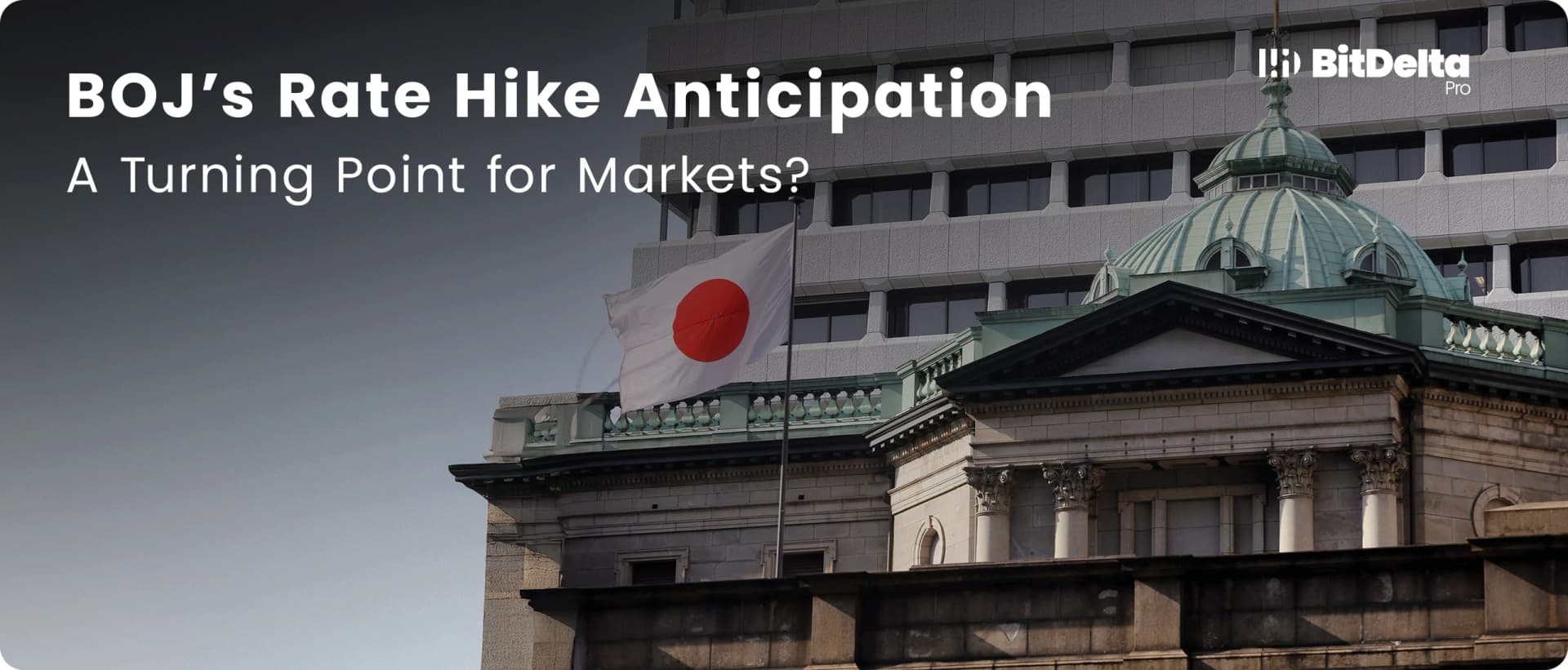Asian Stocks Rise as Traders Price Increased Odds of December Fed Cut
Asian markets climbed on Tuesday as investors pushed back expectations for U.S. monetary policy, with technology names leading gains as traders priced a higher probability of a Federal Reserve rate cut in December. The move reverberated across bond and currency markets, underscoring how shifts in Fed expectations shape global asset flows and risk appetite.

Asian equities rallied on Tuesday as market participants moved to price a greater chance that the U.S. Federal Reserve will ease policy in December. The MSCI Asia Pacific index rose, led by technology shares and AI and cloud related names that recovered from earlier volatility. The advance followed dovish commentary from several Fed officials and softer than expected U.S. labor market signals, which together pushed market implied odds of a 25 basis point cut notably higher.
U.S. Treasury yields and the dollar softened as traders adjusted their outlook for the policy path. Lower dollar pressure and falling benchmark yields supported risk assets, encouraging investors to redeploy into sectors that had been sold during recent bouts of uncertainty. The equity uptick came amid a backdrop of mixed macroeconomic data and geopolitical uncertainty, conditions that helped keep volatility elevated as U.S. markets operate in a Thanksgiving shortened trading week with thinner liquidity.
The shift in expectations is consequential because U.S. monetary policy remains the global reference point for capital allocation. When traders increase the probability of Fed easing, capital tends to flow toward higher growth and technology oriented assets, while demand for safe haven assets declines. For emerging Asian markets the immediate effect is twofold. A weaker dollar and lower global yields can ease external financing costs and support local equities, but the move also raises the specter of renewed currency volatility if actual policy diverges from market pricing.
Policy implications extend beyond asset prices. A December cut would mark a pivot toward accommodation that could influence corporate borrowing costs, investment decisions and consumer credit conditions. For sectors tied to long duration cash flows, notably technology and software, lower discount rates can materially lift valuations. At the same time central banks across Asia will monitor imported inflation risks and capital flow dynamics, as looser U.S. policy historically encourages cross border portfolio reallocations.

Market technicians and strategists noted that the repricing followed a series of Fed remarks that emphasized patience and a recent set of labor market indicators that suggested cooling in hiring and wage growth. Those signals reduced the perceived need for further tightening and raised the plausibility of near term easing. However, forecasters warned that mixed data and geopolitical developments could easily reverse sentiment, keeping trading ranges wide.
Investors will now focus on the cadence of Fed communications, upcoming U.S. economic releases and any fresh geopolitical developments to gauge whether market assumptions about a December cut are warranted. In the near term, lower yields and a softer dollar are likely to support continued interest in Asian risk assets, but the persistence of that flow will hinge on whether incoming data corroborates the narrative of slowing inflationary pressure and a Fed willing to loosen policy.


